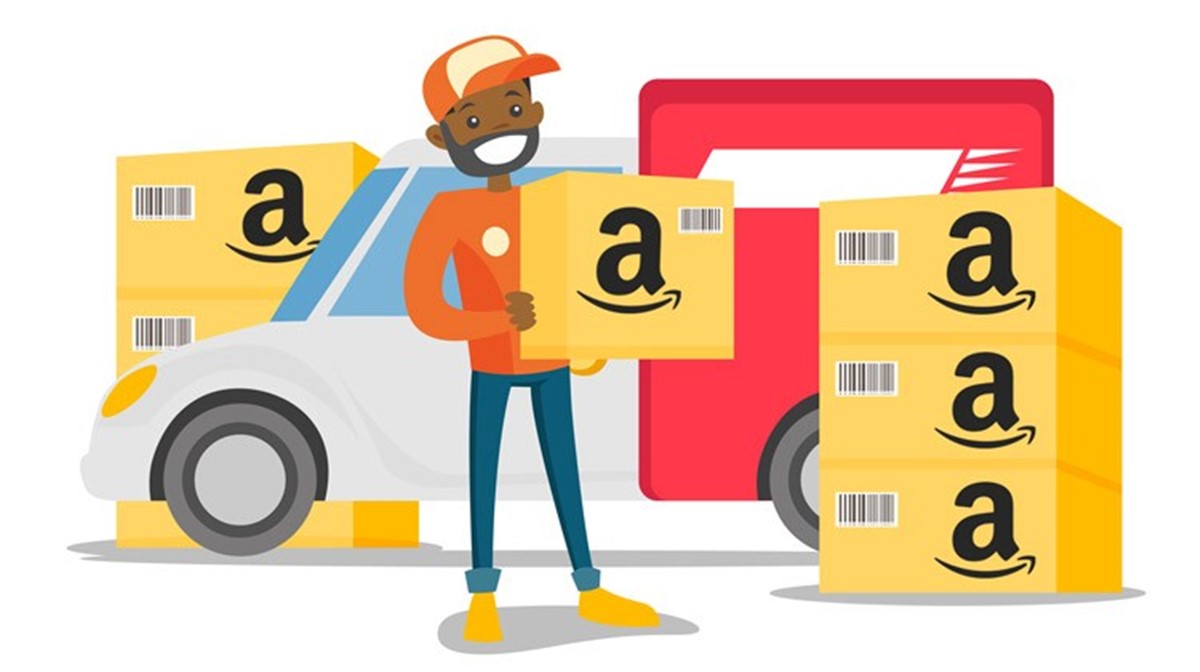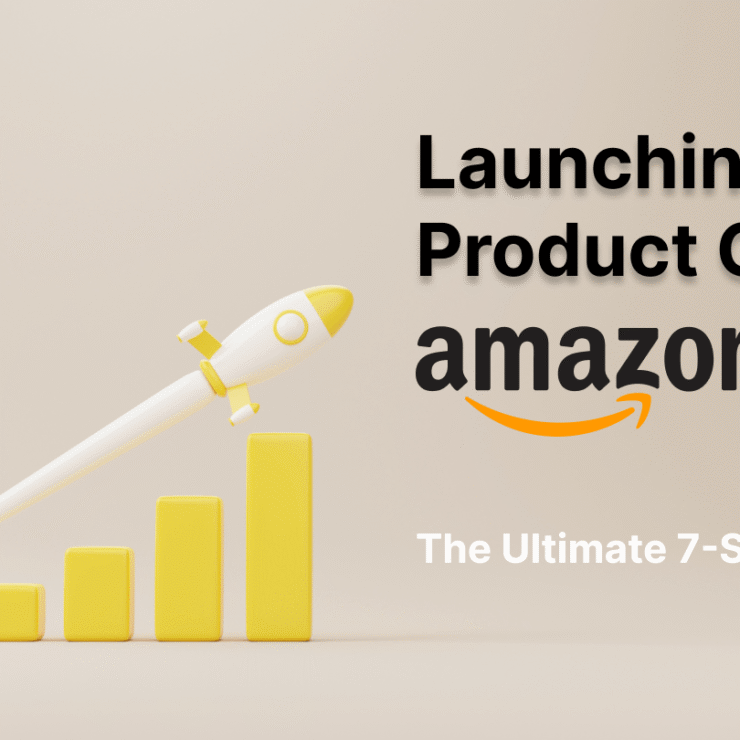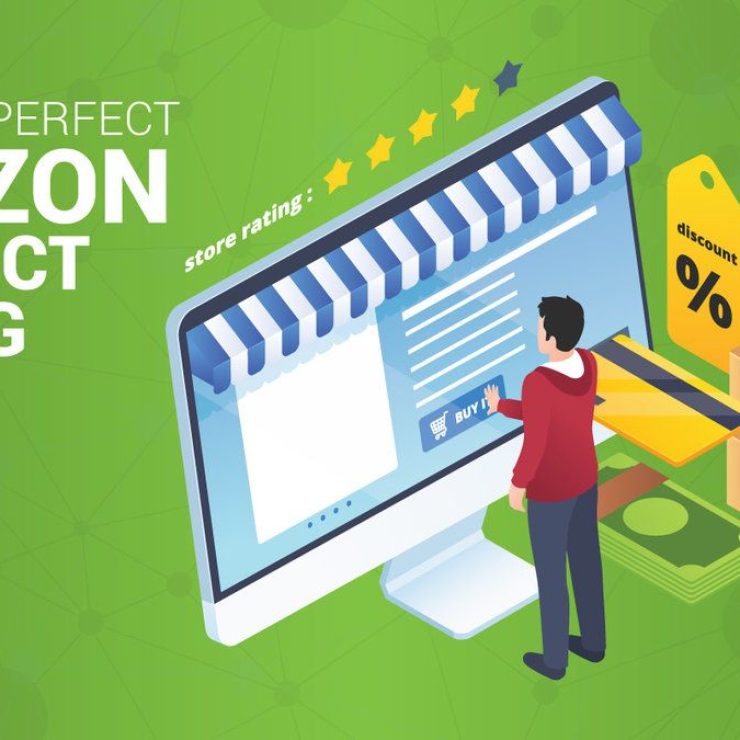Introduction:
The face of retail is rapidly changing, and leading the charge is Amazon, the tech behemoth whose pioneering spirit has constantly reinvented the way consumers shop. One of its most groundbreaking innovations has been the introduction of Amazon’s automation store, a conceptual leap that seems straight out of a sci-fi novel. But what does this mean for the everyday shopper and the broader retail ecosystem? Let’s dive in.
The Birth of the Amazon Automation Store
Amazon Go, the pilot project for the Amazon automation store, was first unveiled to the public in late 2016. This concept is a cashier-less convenience store where customers can grab items and simply walk out, with the bill charged automatically to their Amazon accounts. Equipped with sensors, cameras, and deep learning algorithms, these stores can detect when items are taken from or returned to shelves and keep track of them in a virtual cart.
The Seamless Shopping Experience
One of the most obvious benefits of this technology is the seamless shopping experience it provides. Say goodbye to long queues and waiting times at cash registers. Customers can now enjoy a faster, more efficient shopping process. This change isn’t just convenient; it’s revolutionary, setting a new standard for in-store shopping.
Enhancing Retail with Amazon FBA Automation
Amazon’s commitment to automation doesn’t end at brick-and-mortar stores. Their online ecosystem has seen significant advances in automation through the Fulfillment by Amazon (FBA) program. Amazon FBA automation involves using advanced logistics and algorithms to store, pick, pack, and ship products for third-party sellers. This means sellers can focus more on product development and less on fulfillment processes. The streamlined operation results in quicker deliveries, increasing customer satisfaction and loyalty.
The Implications for Employment
With the success of the Amazon automation store, it’s only a matter of time before other major retailers start exploring similar technologies. The future could see an integration of online and offline shopping experiences, blurring the boundaries between the two. As artificial intelligence and machine learning continue to evolve, the capabilities of these automated systems will only expand.
Conclusion: The Changing Landscape of Retail
Amazon’s foray into automation, both in-store and through Amazon FBA automation, showcases a willingness to push boundaries and redefine traditional shopping norms. While this change can be intimidating for both retailers and employees, it’s clear that the customer stands to benefit significantly from a more streamlined, efficient, and integrated shopping experience. Embracing this new era of retail requires adaptability and a forward-thinking mindset. As consumers, it’s exciting to witness and be part of this evolution, as every visit to an ecommerce store brings us one step closer to the future of shopping.






